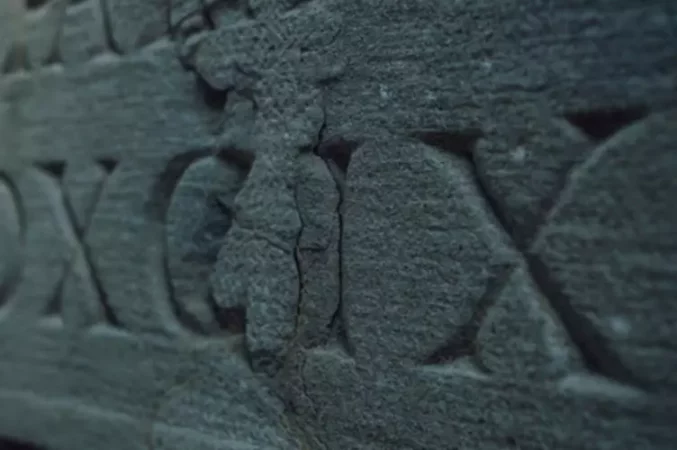Financial documents are an important part of success in the financial world. Thus, being able to accurately read financial statements is crucial if you are a business owner, an investor, or an individual who interacts with financial documents in one way or another.
The meaning of MM in accounting is also important for bookkeepers and students who are acquiring education in economics, accounting, and similar fields. So, if you received a financial report from a bookkeeper or an accountant or came across a financial document and there are unfamiliar abbreviations, such as MM, then read this article to find out what this abbreviation means in accounting.
Definition
Without much explanation, we can say that when used in accounting records, MM means millions. You can see this abbreviation, for example, on a Balance sheet, Income statement, or any other financial record of a business. Here are a few examples of how MM is used in accounting:
- Equipment expenses of $12MM equal to $12 million
- A cash loan of $10MM on the books would mean $10 million and so on.
The MM abbreviation can also be applied to clients, units of items, and any other currency.
History
How did bookkeepers come up with the MM for millions? You might be surprised but this abbreviation dates way back and was initially used in Roman numerals. You might be familiar with Roman numerals such as I, II, III, IV, V, VI, VII, VIII, IX, and X. Roman numerals are a classic design element of clocks and watches. Almost all historical models had Roman numerals on them. However, when it comes to larger numbers, most people do not know what they look like or how they are made up.
The Roman notation uses seven digits – I, V, X, L, L, D, M. To represent the number n in Roman notation, take the number of its ones (n0), tens (n1), hundreds (n2), and thousands (n3). First, let’s write down the number of ones in Roman notation. For 0⩽ n0 ⩽3, we simply write down the digit I (one) n0 times in a row.
For 4⩽ n0 ⩽8, we write down the digit V (it denotes five) and assign to it as many digits I as n0 is more or less than five. If the number is greater than five, then we add I on the right, and if less, then on the left. Finally, if n0 = 9, we will write it as IX (X stands for ten, I on the left reflects ten less one).
Let’s do the same with the number of tens (n1) , but instead of the numbers I = 1, V = 5, X = 10, we will use X = 10, L = 50, C = 100. The same rules apply to the number of hundreds (n2), the numbers C = 100, D = 500, M = 1000 are used for recording. As you can see, it is only logical that the abbreviation MM is used in accounting to denote million, which is 1,000×1,000 or MxM or MM.
The Roman digital system is no longer widely used. Most Western countries use Arabic numerals, Asian countries have their own digital system, and Arabic culture uses a different system from classical Arabic numerals. When it comes to accounting, you will see K used for thousands and M used for millions more frequently than the Roman numerals.



















